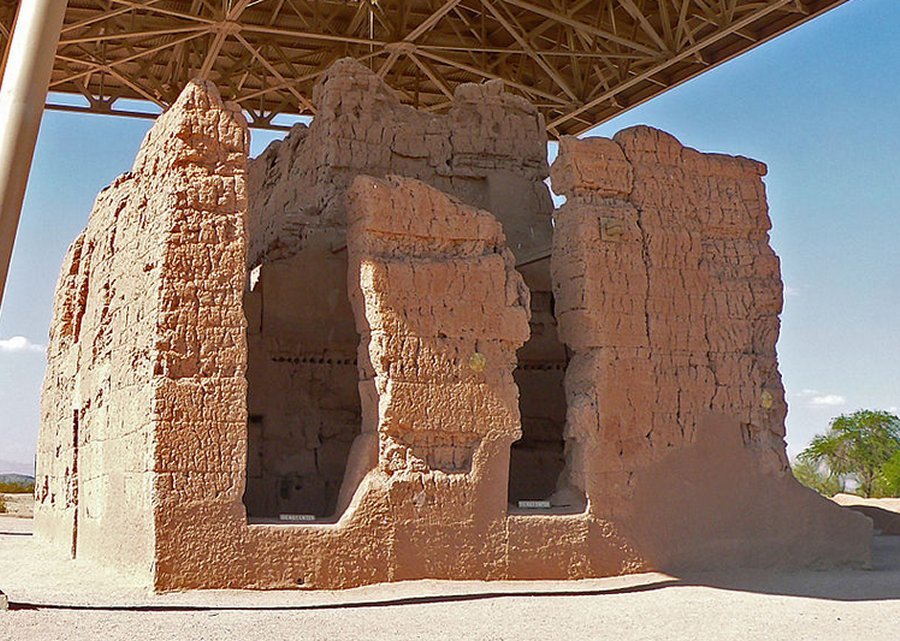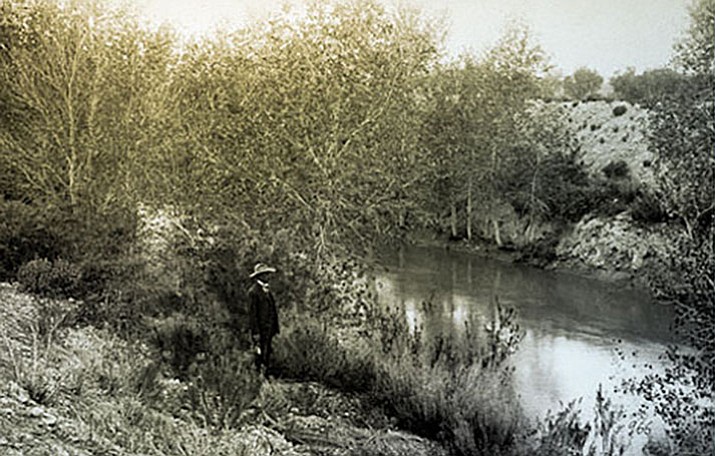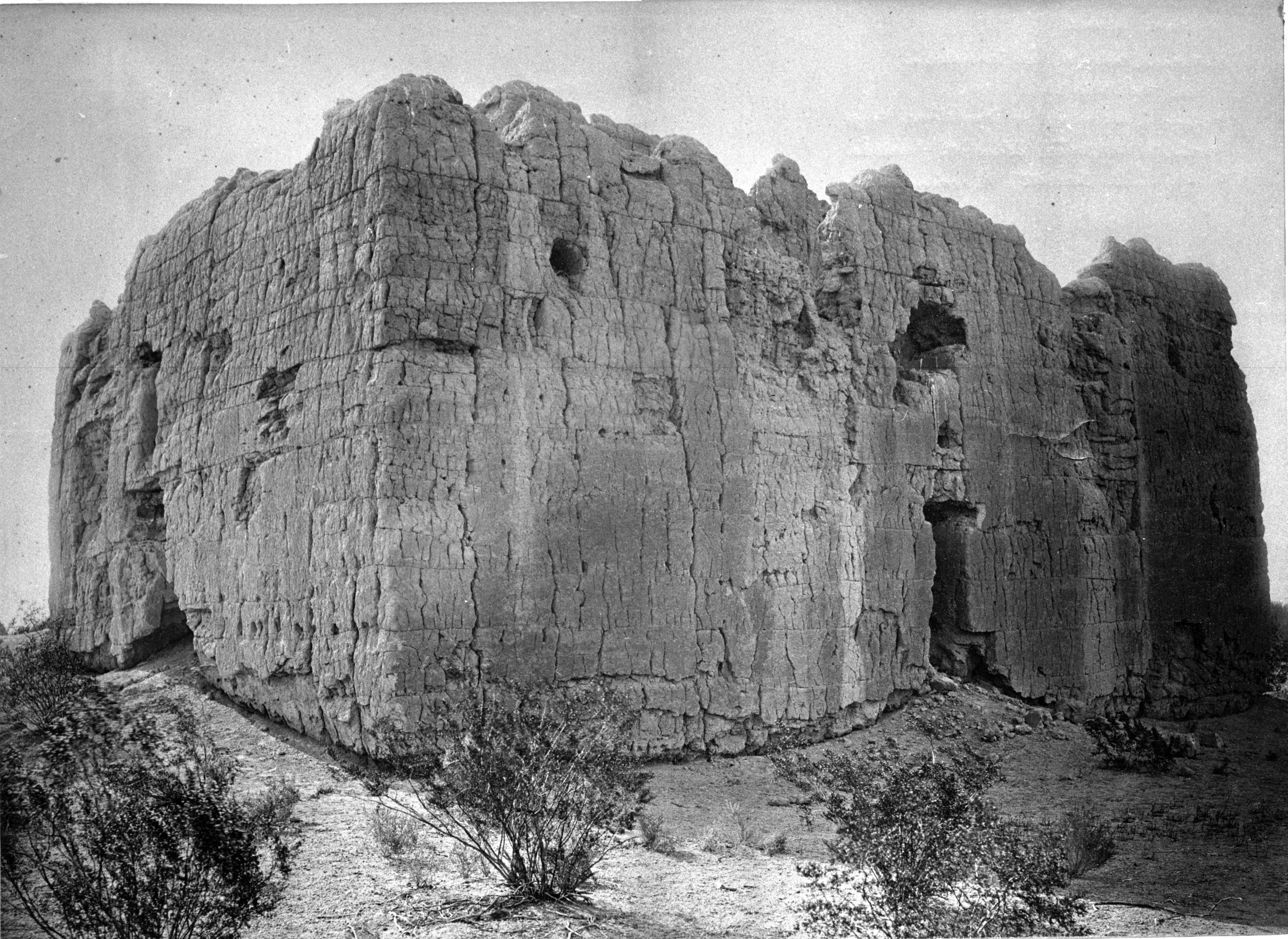



Reflecting on our visit to the Pueblo Grande Museum and Archaeological Park, I wondered: It may be hypothesized that this form of hierarchical structure brought separation, segregation, and ultimately disintegration to what was once a flat, communal organizational system. Some archaeologists theorize that the platform mound house and the big house represent the development of an elite social class. This house was about four stories high, an imposing edifice in a flat desert area. In addition to the homes on platform mounds, there is evidence of a “big house” at Pueblo Grande. While most people still lived in “pithouses,” small rectangular adobe structures, at around 1200 AD larger homes began to be built on platform mounds – adobe homes elevated above the others. Toward the end of the Hohokam era larger homes were developed. Development and maintenance of the canals and the related farming areas required constant community commitment, cooperative effort, and interdependence. They were wide at the mouth, tapered to draw a measured flow of water to secondary branches, and graduated to control flow rate. The canals show engineering genius and creativity. This irrigation system is believed to have supported up to 80,000 people. The canals irrigated 110,000 acres of desert land and produced corn, squash, beans, and cotton. There were 500 miles of Hohokam canals that emanated from the Salt River in what is now the Phoenix area. The upward development involved rectangular, adobe-walled platform mounds that were in some cases topped with multi-leveled homes and great houses. The outward development was a massive canal irrigation system. They built outward and they built upward. Two characteristics of this amazing group of Native Americans stand out in my mind. It is the remaining evidence of the administrative center of the Hohokam people, a group that was based in the area of the site between 11 AD. Pueblo Grande Museum and Archaeological Park sits in the middle of an urban, industrial area near the Sky Harbor Airport in Phoenix, AZ.

Hohokam canals much older than this are known, and the occupation of nearby Pueblo Grande began earlier and lasted later than the Soho phase.The inadequacy of top-down, controlling, and arrogant administration may be one of the lessons to be learned from the Native American Hohokam culture. Sherds under the banks and in the canals were too few for conclusive dating of construction and use, but suggest that this took place during the Soho phase of the Hohokam Classic period, that is, during the late 12th and the 13th centuries. Both canals show evidence of repeated filling and clearing out, either by natural erosion due to a periodically swifter current or by the efforts of the Indians using the canals. There is a possibility that the V-shaped South Canal was built first and perhaps abandoned when the North Canal was built. Both were dug into coarse gravel and the broader (north) canal had been lined with brown clay subsequent to its construction and initial period of use. deep, and the other U-shaped in profile, about 10 m. A cross section of the surviving traces of two large prehistoric canals near Pueblo Grande, Phoenix, shows one to have originally been V-shaped in profile, about 6 m.


 0 kommentar(er)
0 kommentar(er)
